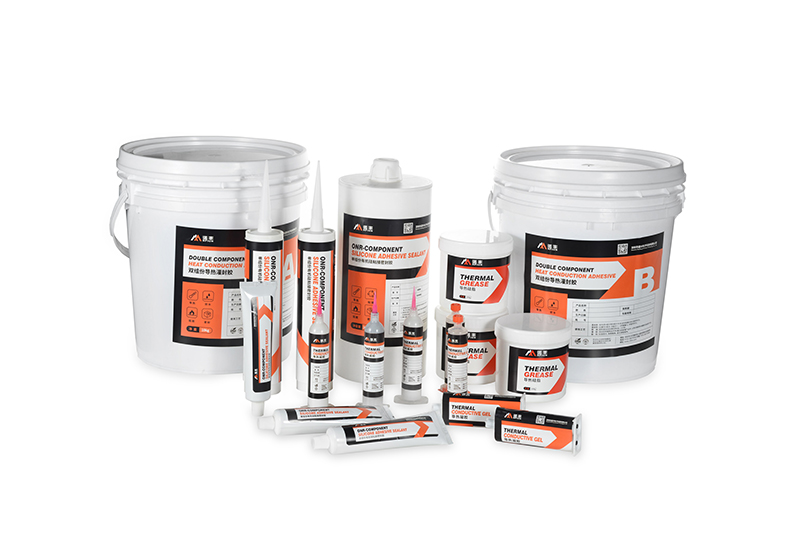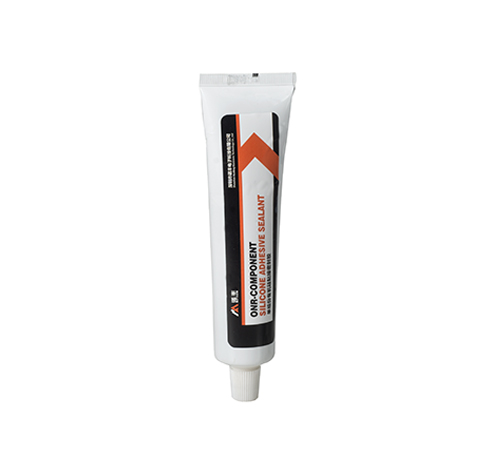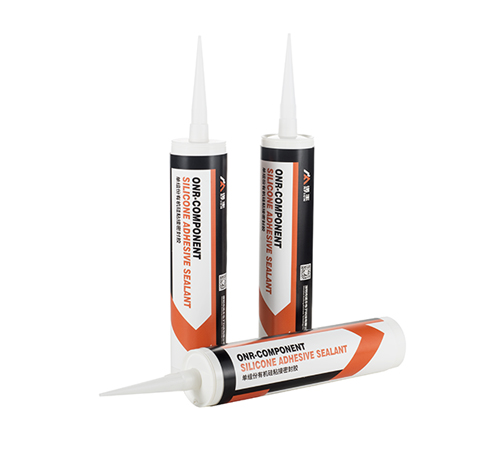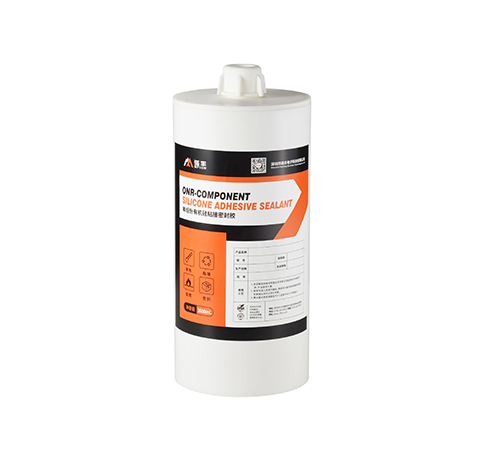
Sealants are widely used in modern industries and everyday life, including in construction, automotive manufacturing, and electronics. As an efficient bonding and sealing material, sealants primarily serve to prevent the intrusion of moisture, air, dust, and other external substances. However, with increased usage, concerns about the toxicity of sealants and their potential health risks to humans have gradually come into the spotlight. Nfion will delve into the composition, toxicity, and potential health risks of sealants, while offering safety recommendations for proper use.
Composition and Types of Sealants
Main Ingredients
The primary components of sealants include polymer base materials, fillers, plasticizers, curing agents, and solvents. Common polymer base materials include silicone, polyurethane, acrylic, and polysulfide. These components determine the physical properties and chemical stability of the sealants.
Types of Sealants
Depending on their chemical composition and intended use, sealants can be classified as follows:
1.Silicone Sealants: Known for their high temperature resistance and weatherability, commonly used in construction and the automotive industry.
2.Polyurethane Sealants: Elastic with strong bonding capabilities, suitable for bonding various materials.
3.Acrylic Sealants: Environmentally friendly and non-toxic, commonly used in indoor decoration.
4.Polysulfide Sealants: Resistant to oil and solvents, ideal for special industrial environments.
Toxicity Analysis of Sealants
Volatile Organic Compounds (VOCs)
Many sealants release volatile organic compounds (VOCs) during the curing process, including formaldehyde, benzene, and toluene. These substances pose potential health risks to humans, with long-term exposure leading to respiratory irritation, headaches, nausea, and even an increased risk of cancer.
Some sealants contain curing agents and plasticizers that may contain harmful substances, such as isocyanates and phthalates. These substances can trigger allergic reactions, skin irritation, or endocrine disruption when they come into contact with skin or are inhaled.
Heavy Metals
Certain sealants may contain heavy metals, such as lead and mercury. Prolonged exposure to these substances can damage the nervous system, kidneys, and other organs.
Potential Health Risks of Sealants
The toxicity of sealants primarily arises from their volatile organic compounds (VOCs), uncured chemical ingredients, and potential allergens. The degree of harm to human health varies depending on the composition and the environment in which the sealant is used. The following are some potential health risks:
Many sealants release VOCs during curing, which include alcohols, ketones, and esters. These compounds can cause respiratory discomfort, dizziness, coughing, and throat irritation. Prolonged exposure to these harmful gases may lead to more severe health issues, such as asthma and allergic rhinitis.
Uncured sealants can come into direct contact with the skin, leading to allergic reactions, redness, swelling, itching, and other skin irritations. Some polyurethane-based sealants contain isocyanates, which, with long-term exposure, can cause skin allergies and even dermatitis. Prolonged contact in industrial settings can increase the risk of skin damage.
Certain solvents in sealants are neurotoxic and may affect the brain and nervous system. Prolonged exposure to these toxic gases, especially in poorly ventilated environments, can cause headaches, memory loss, and concentration problems.
Some chemical components in sealants may negatively affect pregnant women and fetuses, particularly isocyanates and certain solvents, which may increase the risks of miscarriage and premature birth. Infants, with their developing immune and respiratory systems, are more vulnerable to the harmful effects of exposure to these substances, which can lead to developmental delays or respiratory diseases.
Toxicity Evaluation and Protective Measures
When selecting a sealant, it is advisable to choose products that meet environmental standards and are either non-toxic or low-toxicity. Many manufacturers now offer low-VOC and water-based sealants that release fewer harmful gases after curing and pose less risk to human health. When purchasing, refer to the product's Safety Data Sheet (SDS) or ask the manufacturer for relevant information to ensure that the sealant complies with national or industry environmental and safety standards.
When using sealants, ensure that the work environment is well-ventilated to reduce the accumulation of harmful gases. Especially when working in enclosed spaces, use exhaust fans or air purification equipment. For workers directly handling sealants, personal protective equipment (PPE) such as gloves, masks, and safety goggles should be worn to prevent direct contact with skin and respiratory pathways.
3.Understanding Curing Time and Handling Instructions
During the curing process, the release of VOCs from sealants gradually decreases. Therefore, allow enough time for the sealant to fully cure. Before curing, avoid direct contact with skin or eyes, and always follow the manufacturer's instructions for safe use.
Conclusion
 CN >
CN >



